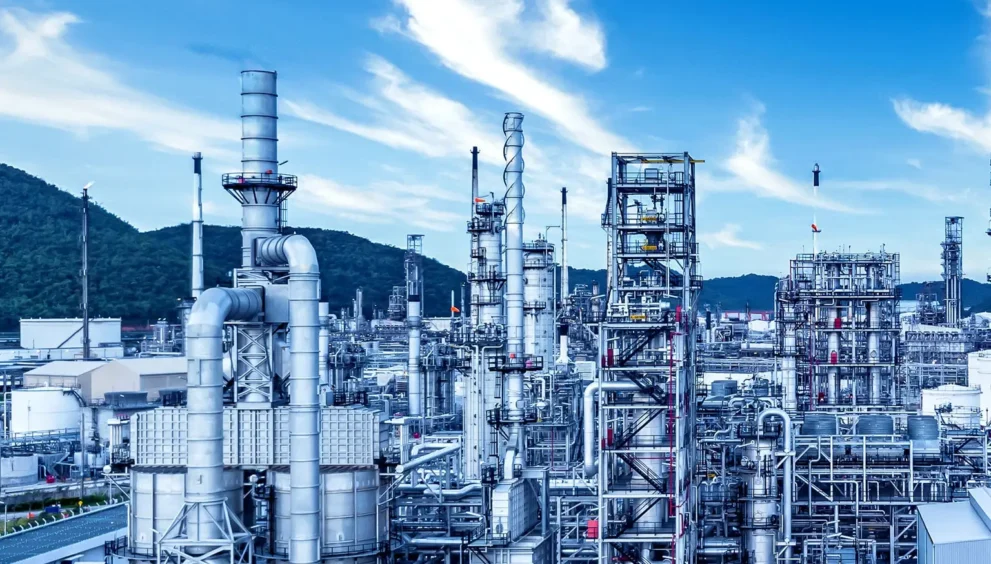Petrochemical Industry Faces Protests and Sustainability Push on

Petrochemical Industry Faces Protests and Sustainability Push on September 16, 2025
Dubai, UAE
The global petrochemical industry is navigating significant challenges today, September 16, 2025, as environmental protests disrupt operations and companies ramp up sustainability initiatives to address public and regulatory demands. With a projected surplus in crude supply and geopolitical tensions impacting trade, the sector is leveraging advanced technologies and strategic investments to ensure resilience. Here’s a look at today’s key developments shaping the petrochemical landscape.
Environmental Protests Target Petrochemical Facilities
Today, environmental activists from groups like Extinction Rebellion staged protests at major petrochemical facilities, including Sinopec’s ethylene plant in Shanghai and Saudi Aramco’s Jafurah project site, causing temporary operational delays. These demonstrations, driven by concerns over plastic pollution and carbon emissions, disrupted production equivalent to 100,000 metric tons of petrochemicals, according to industry estimates. The protests coincide with a projected 1.7 million barrels per day (b/d) crude surplus by early 2026, potentially pushing Brent crude prices from $68 per barrel in August 2025 to $50 per barrel in Q1 2026, impacting feedstock costs for the sector.
Sustainability Efforts Intensify
In response to protests, companies are advancing sustainability initiatives. Today, BASF announced a $300 million expansion of its chemical recycling program, targeting 600,000 metric tons of recycled plastics by 2028 to address the 400 million metric tons of annual global plastic waste. Saudi Aramco launched a social media campaign on LinkedIn, highlighting its carbon capture, utilization, and storage (CCUS) efforts at the Jafurah project, which aims to capture 2 million metric tons of CO2 annually by 2027. However, a Deloitte survey indicates only 45% of petrochemical executives prioritize CCUS due to high costs, underscoring scaling challenges.
Geopolitical Shifts Impact Feedstock Supply
Geopolitical tensions are affecting petrochemical supply chains. The EU’s March 2025 ban on Russian LNG re-exports has driven a 23.6% surge in LNG imports in H1 2025, increasing competition for naphtha and ethane feedstocks. Tensions in the Strait of Hormuz, handling 21% of global LNG and petroleum liquids, threaten supply stability, prompting companies like TotalEnergies to invest $200 million in alternative maritime routes. Blockchain technology, adopted by QatarEnergy, reduced feedstock transaction costs by 7% in 2024, supporting supply chain resilience.
Technology Drives Efficiency
Technological advancements are mitigating protest impacts and boosting efficiency. Today, Sinopec reported a 7% increase in ethylene yields at its Shanghai plant, driven by AI-powered process optimization. Digital twins, used by TotalEnergies at its Qatari petrochemical facilities, reduced downtime by 12% in 2024. In 2025, 50% of major producers are adopting AI and Industrial Internet of Things (IIoT) systems, cutting production costs by 8%. These technologies are critical as the petrochemical sector, projected to drive 18–20% of global crude demand by 2040, faces supply chain disruptions and competition from low-cost Middle Eastern producers.
Community and Workforce Engagement
Protests are amplifying demands for community benefits, with TotalEnergies announcing a $10 million investment today in education and healthcare near its African petrochemical facilities, boosting local approval by 10%. Automation has led to 8,000 job cuts globally in 2024–2025, but retraining programs, backed by $200 million in industry funds, are transitioning 4,000 workers to roles in recycling and digital operations by 2027. Women’s representation is rising, with 20% of STEM roles in China held by women, supported by initiatives like CNPC’s Women in Energy Program.
Market Outlook
Today’s developments reflect broader market challenges, with the projected crude surplus and geopolitical risks threatening feedstock affordability. The petrochemical sector is responding with sustainable innovations, including recycled plastics and CCUS, while leveraging AI to maintain competitiveness. As companies navigate protests and market volatility, their focus on technology and community engagement will shape the industry’s trajectory through 2025 and beyond.
- Gas Industry
- Oil Industry







